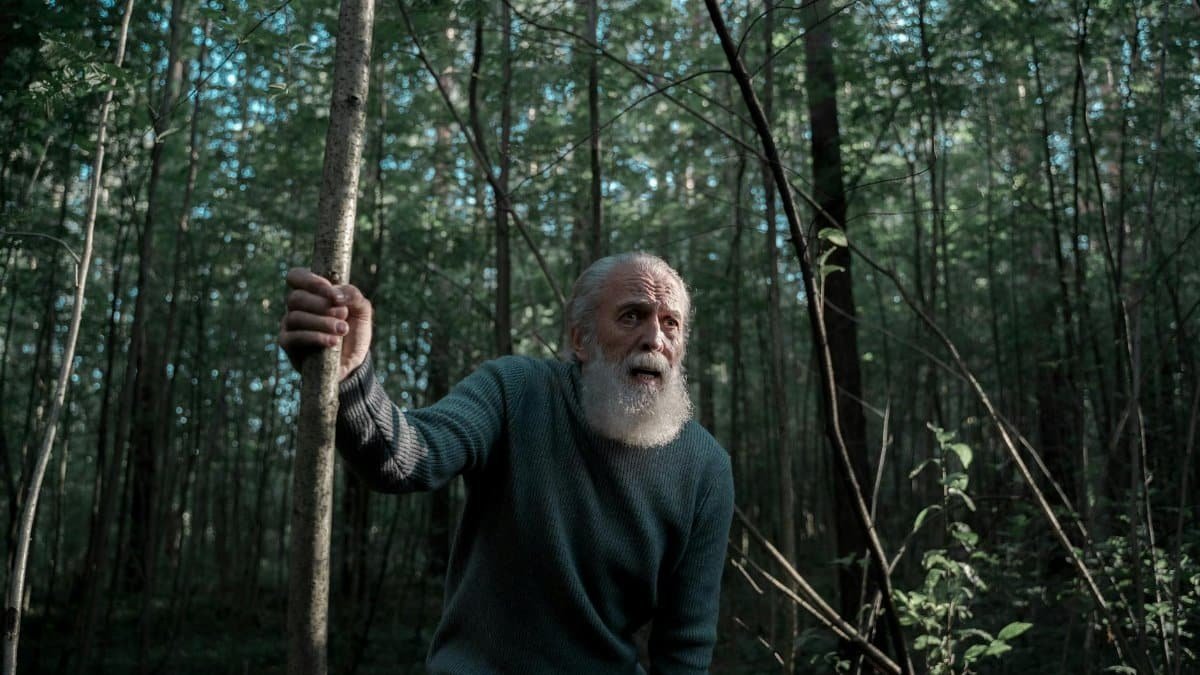In a world buzzing with constant chaos, is peace resilience the hidden key to unlocking true calm, or just another wellness buzzword? New data from the American Psychological Association shows that 68% of U.S. adults report heightened anxiety when faced with unstructured downtime, highlighting a growing fear of stillness. Peace resilience, the ability to maintain inner equilibrium amid life’s storms, is emerging as a vital skill in 2025. As yoga studios across the nation report a surge in classes focused on mindfulness, experts say it’s time to confront why we’re wired to dread peace and what building this resilience really means for mental health.
Understanding the Fear of Peace
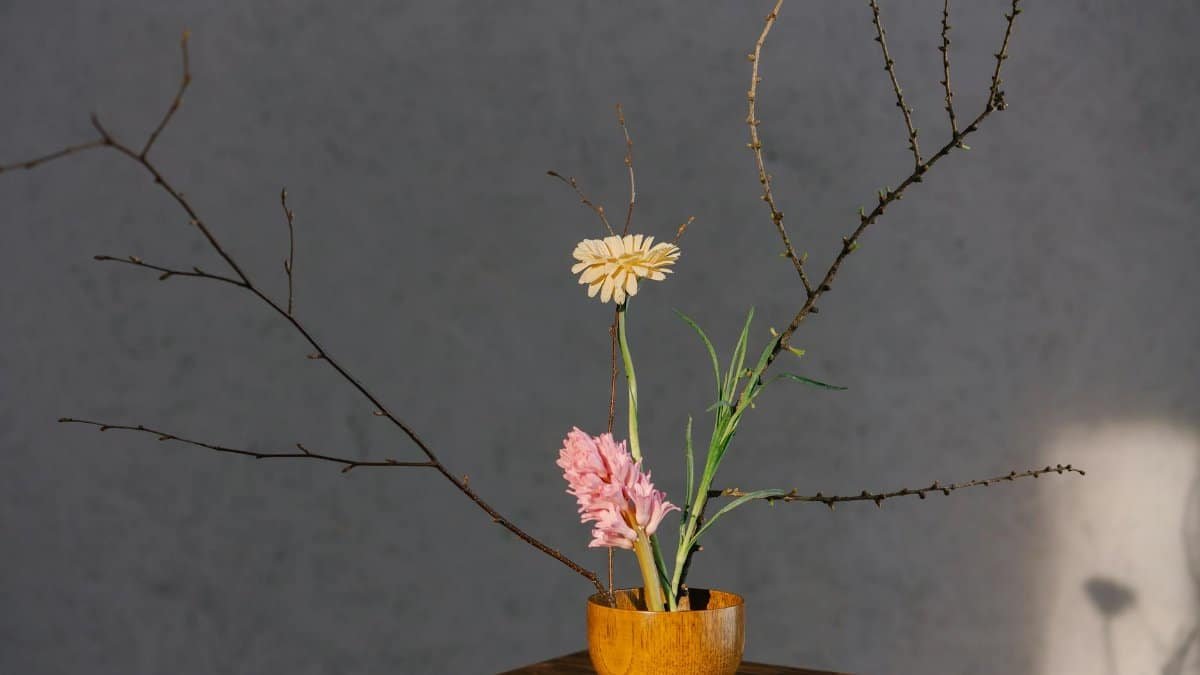
Many Americans shy away from peace because it forces confrontation with unresolved emotions. In bustling cities like New York and Los Angeles, professionals often equate downtime with laziness, leading to a cycle of burnout. A study from the American Psychological Association’s Stress Resources reveals that chronic stress affects over 75% of workers, making quiet moments feel threatening. This fear stems from a culture that prizes productivity over reflection. Peace resilience counters this by training the mind to embrace stillness without panic.
The Science Behind Peace Resilience

Neuroscience backs the concept of peace resilience. Brain scans show that regular meditation strengthens the prefrontal cortex, enhancing emotional regulation. Researchers at Harvard Medical School found that mindfulness practices reduce amygdala activity, the brain’s fear center, by up to 20%. This biological shift explains why yoga enthusiasts report better handling of stress. In 2025, with rising mental health concerns, incorporating these techniques could be a game changer for everyday resilience.
Why Yoga Builds Peace Resilience

Yoga isn’t just poses; it’s a pathway to enduring calm. Instructors in U.S. studios emphasize breathwork and asanas that foster a sense of safety in one’s body. A report from the Yoga Alliance’s Research on Yoga indicates that consistent practice improves emotional stability in 82% of participants. For those afraid of peace, starting with gentle flows helps rewire avoidance patterns, turning fear into familiarity.
Common Barriers to Embracing Peace

Distractions like social media and work emails sabotage peace efforts. A Pew Research survey notes that 55% of Americans check their phones within five minutes of waking, disrupting natural calm. Trauma also plays a role, as past experiences make vulnerability in peace feel unsafe. Overcoming these requires intentional steps, such as setting boundaries, to cultivate peace resilience without overwhelm.
Real-Life Stories of Transformation

Take Mark Thompson, a Chicago executive who once dreaded weekends. After joining a yoga retreat, he discovered peace resilience through daily affirmations and poses. “It was scary at first, like facing a mirror,” he shared. Similar tales from across the U.S. show how movement practices turn apprehension into empowerment. These anecdotes underscore that peace isn’t passive; it’s an active skill honed over time.
Practical Steps to Start Building It
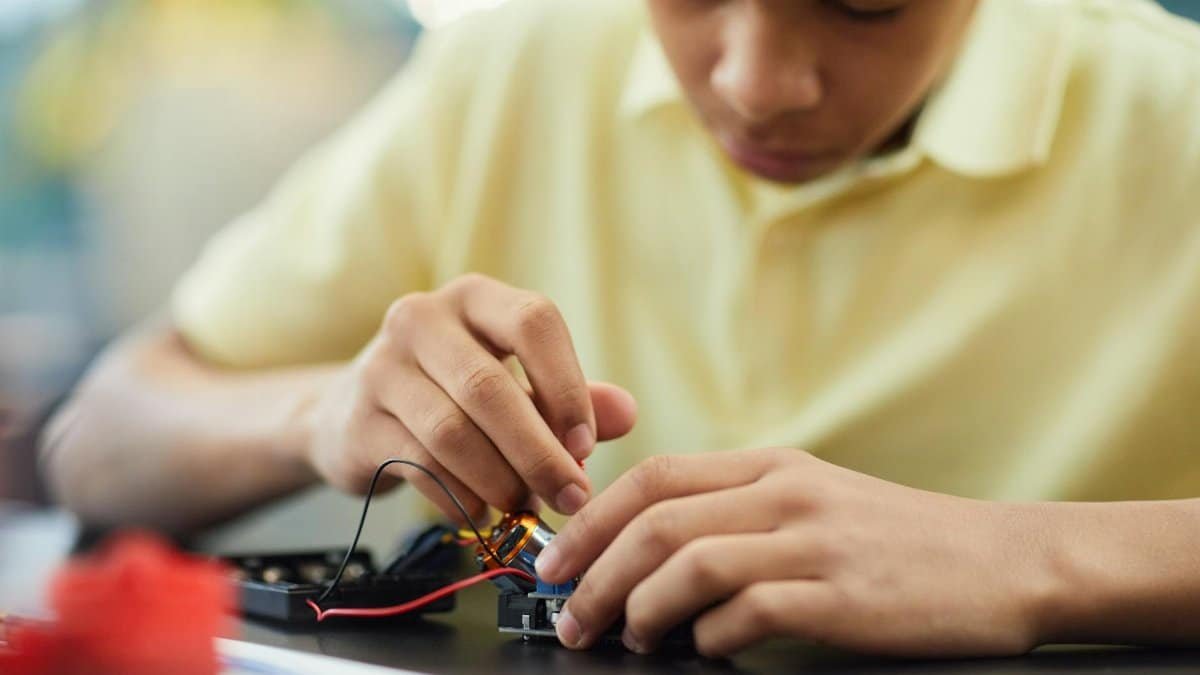
Begin small: Dedicate five minutes daily to focused breathing. Incorporate yoga sequences that ground you, like child’s pose or mountain stance. Track progress in a journal to notice shifts in anxiety levels. Experts recommend apps or local classes for guidance. In 2025, with wellness trends leaning toward mental fortitude, these habits can make peace resilience accessible to all.
The Broader Impact on Society
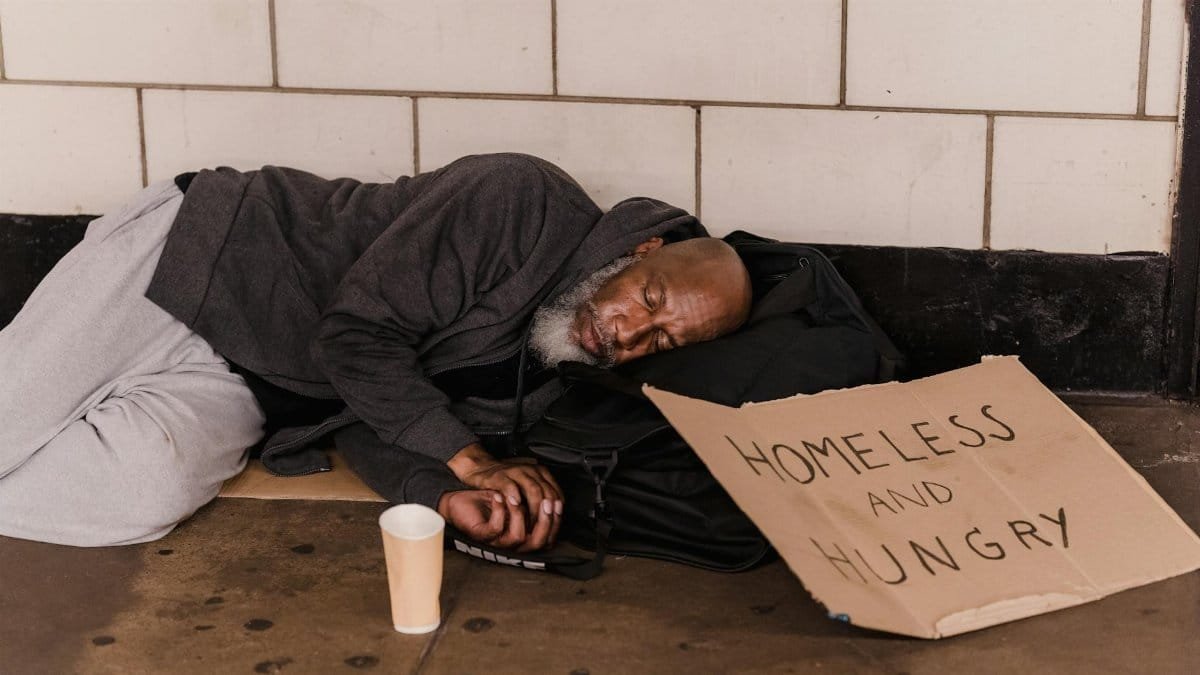
Peace resilience extends beyond individuals, influencing communities. Schools in California are integrating mindfulness programs, reducing student stress by 30%, per educational studies. On a national scale, it could lower healthcare costs tied to anxiety disorders, which affect millions. As the U.S. grapples with post-pandemic recovery, fostering this resilience promotes a more balanced society.
Expert Insights on Long-Term Benefits

Psychologists like Dr. Elena Ramirez emphasize that peace resilience prevents emotional burnout. “It’s about thriving in calm, not just surviving chaos,” she notes. Long-term, it leads to better relationships and productivity. With 2025 data projecting increased adoption of yoga for mental health, the evidence is clear: Investing in this skill pays dividends in overall well-being.
Myths About Peace and Resilience

One big myth is that peace means inaction. In reality, peace resilience fuels purposeful action from a centered place. Another falsehood: It’s only for the spiritually inclined. Anyone can develop it through consistent practice. Debunking these clears the path for wider acceptance, especially in fast-paced American life.
Looking Ahead: Peace in Everyday Life
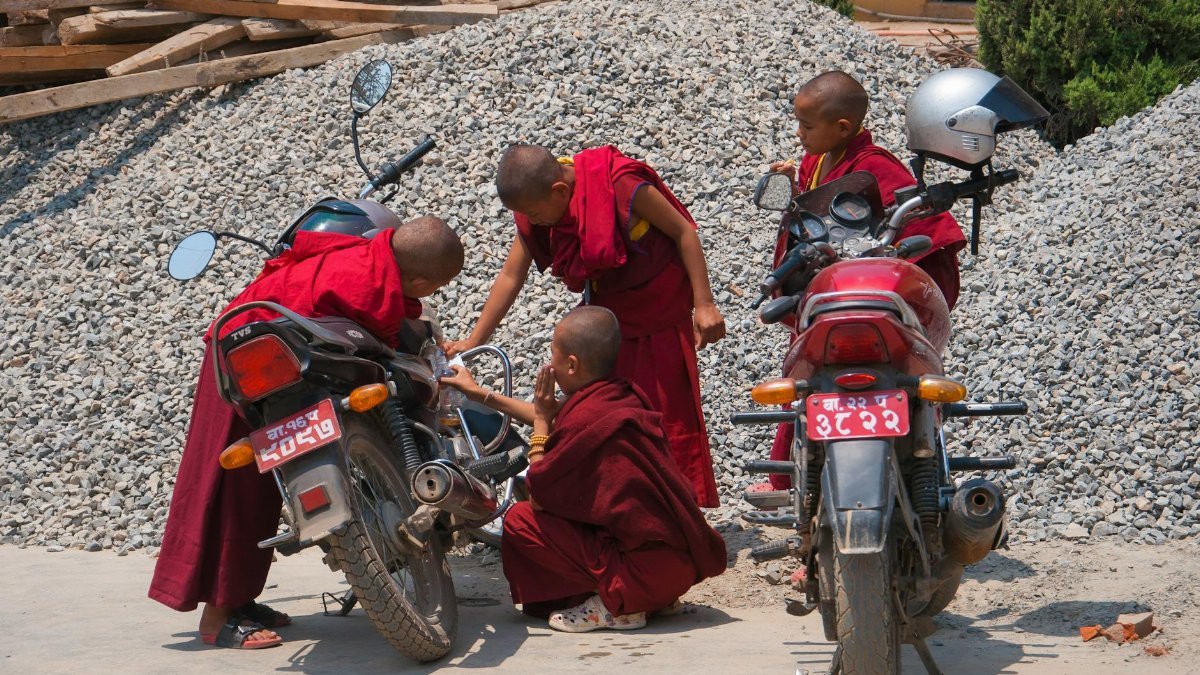
As peace resilience gains traction, expect more integration into daily routines. From corporate wellness programs to personal apps, tools are evolving. For those still afraid, remember: True peace starts with small, resilient steps. Embracing it reshapes not just minds, but lives.
